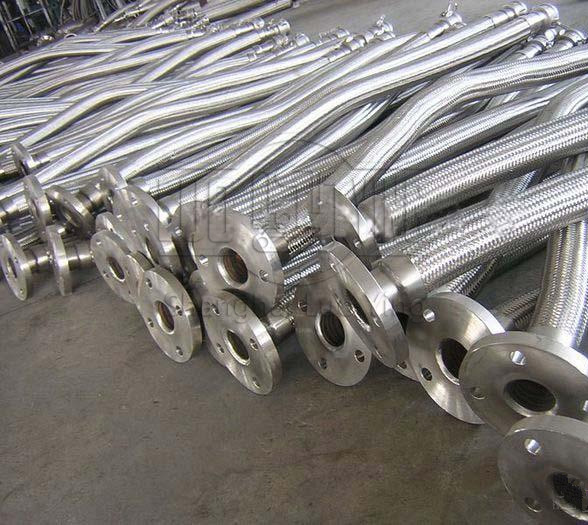Corrugated compensator in pipeline arrangement
Oct-22-05
Corrugated compensator is widely used in heat network because of its compact structure, large compensation capacity, small flow resistance, no leakage, easy maintenance and other advantages. However, it also has disadvantages that are not easy to solve: for example, axial type compensator, which produces pressure and thrust on fixed bracket, resulting in a large thrust on fixed bracket, leading to high cost; in addition, the compensator tube wall is thin and cannot withstand rotation and vibration. Equipment investment will also have higher and more stringent design requirements, higher construction and assembly accuracy, which often fails to achieve the expected service life and some defects.For these shortcomings of the compensator, as well as many designers are not fully familiar with the compensator, in construction and operation are prone to accidents, some accidents are caused by the production quality itself or improper selection of materials for the compensator, some are caused by design problems, most design problems are due to a lack of understanding of the design characteristics of the compensator, resulting in calculation errors and improper selection of bellows.
The main outputs of the corrugated compensator include: compensation volume, elastic stiffness, compressive strength, stability, fatigue strength, etc. The overall design requirement of the overhead contact network is that the larger the compensation volume, the better the stiffness value, the greater the strength, and the shorter the stability and fatigue duration, the better. Compensators can be formed by combining additional ties, hinges and other accessories with balancing elements to form different types of compensators. By combining different compensators, different forms of compensation tubes can be formed to meet the needs of heat network compensation. The compensators are divided into axial compensators, angular compensators and mixed powder compensators. Angle compensator and mixed powder compensator are closer to the inherent stress of the compensator. There is no need to consider internal pressure and thrust. Axial corrugated compensator is used because of its high internal pressure and large compensation volume. The concentration accuracy requirement is high and there are many problems.


